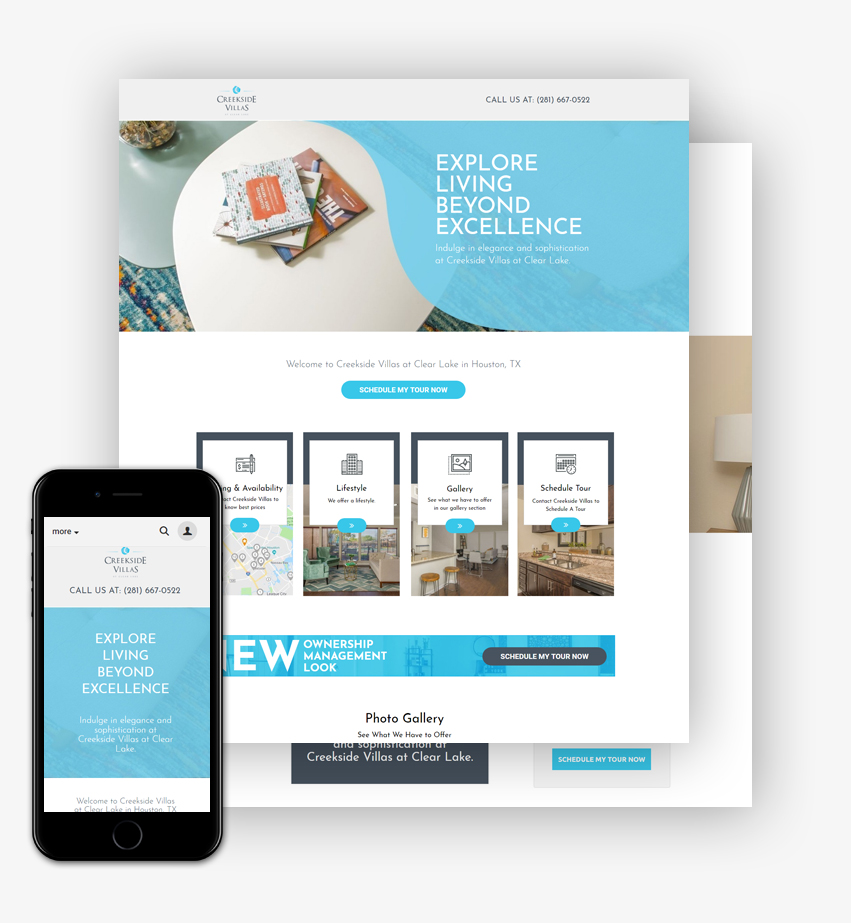“Design can save the world.” This statement is very relevant today and has a big role to play.
Design is at times considered limited to its visual appeal and the functional part of the same is ignored. But, the reality is that good design is both beautiful and functional. In today’s world where diseases have taken over mankind, the design has a special role to play and it is to save the world.
By now, chances are you may be aware of various kinds of masks available in the market and the design of one may make it more functional than others. On the digital front, there are various information portals available but with so much data mushrooming, the best way to present the same decides the effectiveness of data.
The clarity of the presentation of data regulates its absorb-ability. The more absorbable the data is, the better it will be understood. More awareness will lead to better prevention of disease. Social media channels are full of images and those well designed are creating more impact than others. As designers we have a huge responsibility to make only the right information visible.
Sure, there are some ideas that we can explore as we walk through these roads. How healthcare devices can be made more expandable? How we can make our web portals more accessible? How ambulances can be designed better for quicker reach? How hospitals can be designed and developed in a shorter time when-ever there is an emergency?
There is a lot that design can do and with the power of the right design we have the hope to save the world.
















